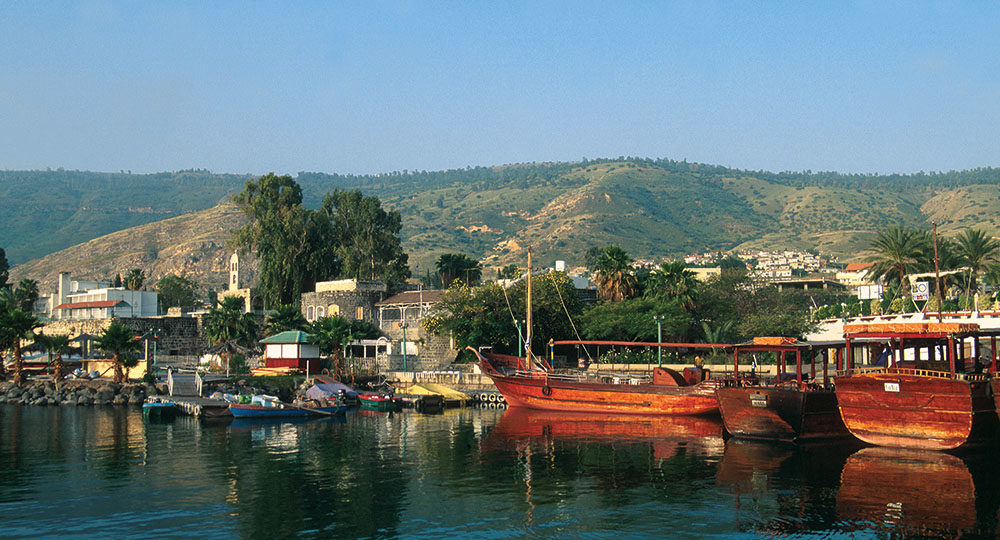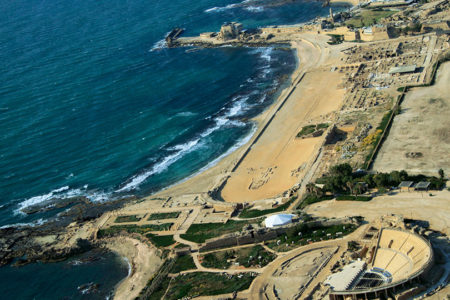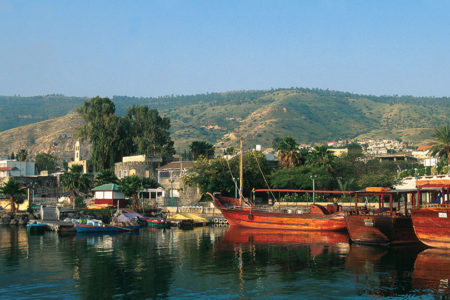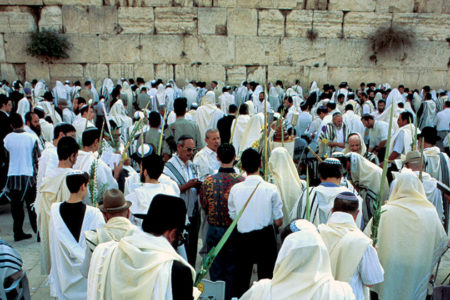The Sea of Galilee Part Two
On one of my early trips to Israel, I stood one blustery evening on the pier of Kibbutz Nof Ginosar on the northwest coast of the Sea of Galilee and watched as whitecaps crashed against the shore. Bracing myself from being blown into the water, I realized the impact climate and geography have on this unique body of water.
Because the Sea of Galilee is almost 700 feet below sea level yet is surrounded by hills almost 2,000 feet above sea level, it is susceptible to extreme temperature and pressure changes. As cold, dry air funnels through the Galilean highlands and plunges into the warm, semitropical lake environment, it often generates high winds.
Because the Sea of Galilee is relatively shallow, it is especially susceptible to the strength of these winds, which cause dangerous climatic conditions to develop quickly and without warning. Winds from the east can whip up waves that, in extreme cases, can grow up to 10 feet high. In 1992, winds off the Golan Heights sent 10-foot waves crashing into the city of Tiberias, causing serious damage.
As I stood in the howling wind with my then-teenage son, we recalled an incident in the life of the apostle Peter that became especially vivid to us that night.
Jesus had just fed the 5,000 with five loaves and two fishes. It was a spectacular miracle. People were amazed, and the disciples were doubtless ecstatic as they distributed the food to the seated crowd. The Gospel of Matthew says that after the people were fed, Jesus sent them away and compelled the disciples to get into a boat to cross to the other side of the lake. He went up to a mountain alone to pray.
The Gospel account provides two important facts: (1) When evening came, Jesus was alone on the mountain; and (2) the disciples’ boat was “in the middle of the sea, tossed by the waves, for the wind was contrary” (Mt. 14:24). It also indicates it was the fourth watch, or between 3 A.M. and 6 A.M.
Six-foot waves powered by strong winds could instill fear in the hearts of even the most seasoned fishermen. The disciples no doubt rowed feverishly to keep the bow into the waves so the boat wouldn’t capsize. They probably were bailing water frantically to keep it from being swamped. As morning approached, they must have been exhausted.
Suddenly, they saw someone striding toward them through the wind, walking on top of the foaming waves. They could not believe their eyes. As the figure got closer, He hailed them: “Be of good cheer! It is I; do not be afraid” (v. 27).
Peter challenged, “Lord, if it is You, command me to come to You on the water” (v. 28). Some people criticize Peter for his comment; but a moment later, he was walking on the water toward Jesus, experiencing something no other human being ever had.
Things were fine until Peter started looking around. Seeing “that the wind was boisterous, he was afraid; and beginning to sink he cried out, saying, ‘Lord save me!’” (v. 30).
We might have expected Jesus to say, “Hey, at least you tried. You were doing all right there for a few seconds. I actually saw you walking on top of the water. That’s something to tell your grandchildren! You’ll do better next time.” But instead, He said, “O you of little faith, why did you doubt?” (v. 31).
Jesus’ question is profound: “Why did you doubt?” In faith, Peter responded to Jesus’ invitation, and actually walked on the water. He alone had the faith to get out of the boat and trust Jesus to help him do the impossible—until he began to doubt.
There’s a simple lesson in the narrative. Whatever we are called to do as we live for Christ, we do not do alone. He is there to provide everything we need. We are without excuse. We have no reason to say, “I can’t do that; it’s impossible,” “I can’t do that; it’s never been done before,” “I can’t do that; I’m not qualified,” or “I can’t do that; I’m scared.”
With Jesus’ help, Peter could walk on water. And with Jesus’ help, we can likewise do whatever our Lord asks of us.







